
How to Use Metal detector : Examples, Pinouts, and Specs
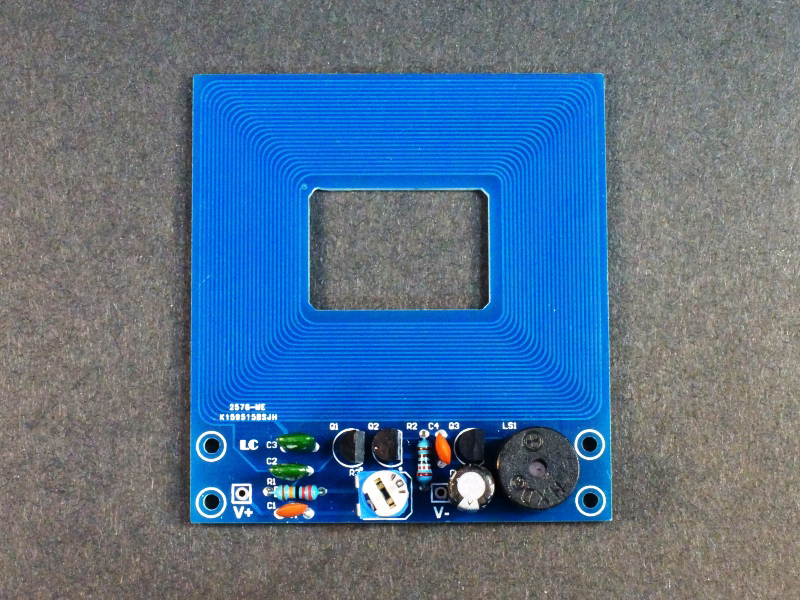
 Design with Metal detector in Cirkit Designer
Design with Metal detector in Cirkit DesignerIntroduction
The Vedant Metal Detector (Part ID: 1) is an electronic device designed to detect the presence of metal objects using an electromagnetic field. This component is commonly used in a variety of applications including security screening, archaeological exploration, treasure hunting, and industrial metal detection.
Explore Projects Built with Metal detector
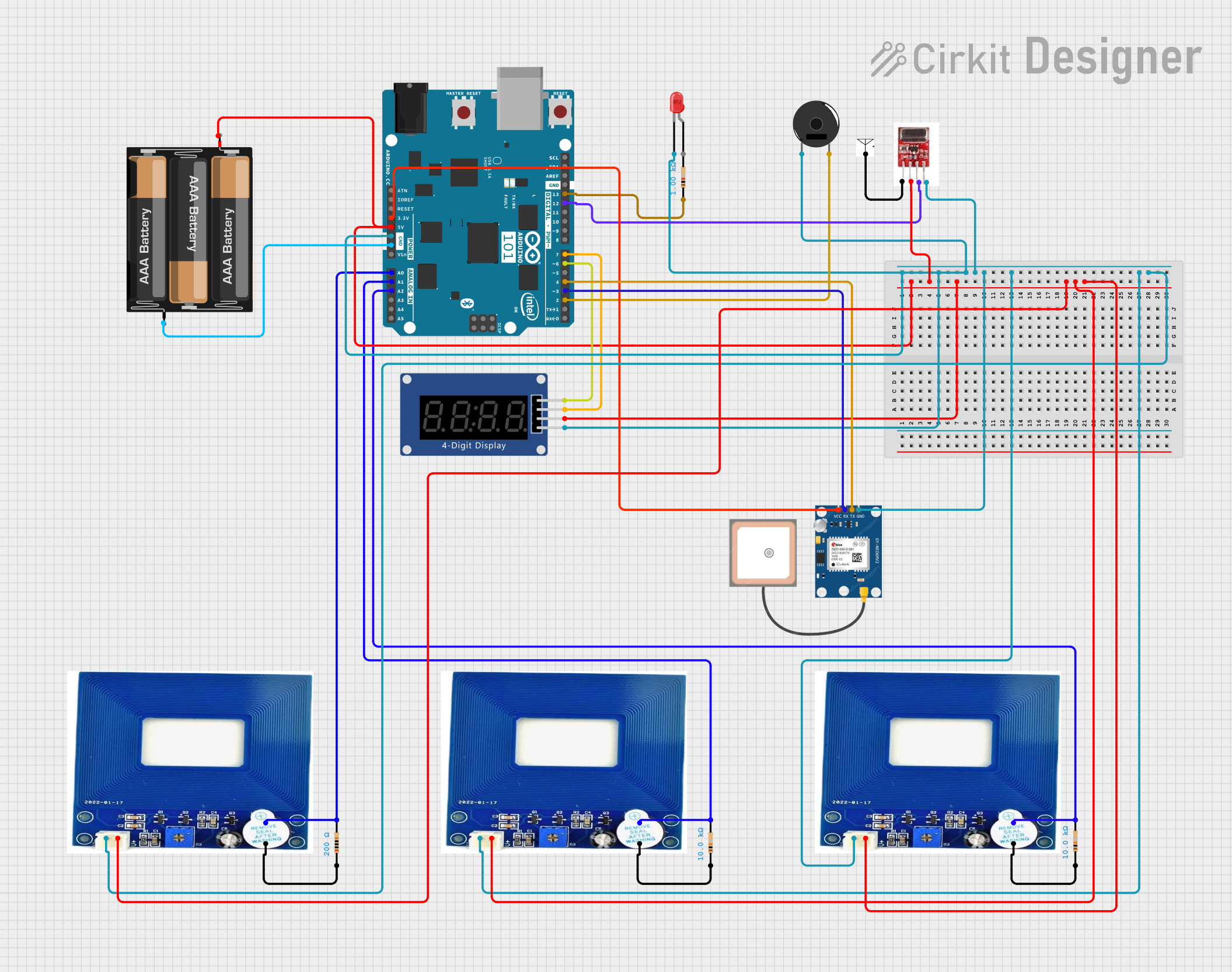
 Open Project in Cirkit Designer
Open Project in Cirkit Designer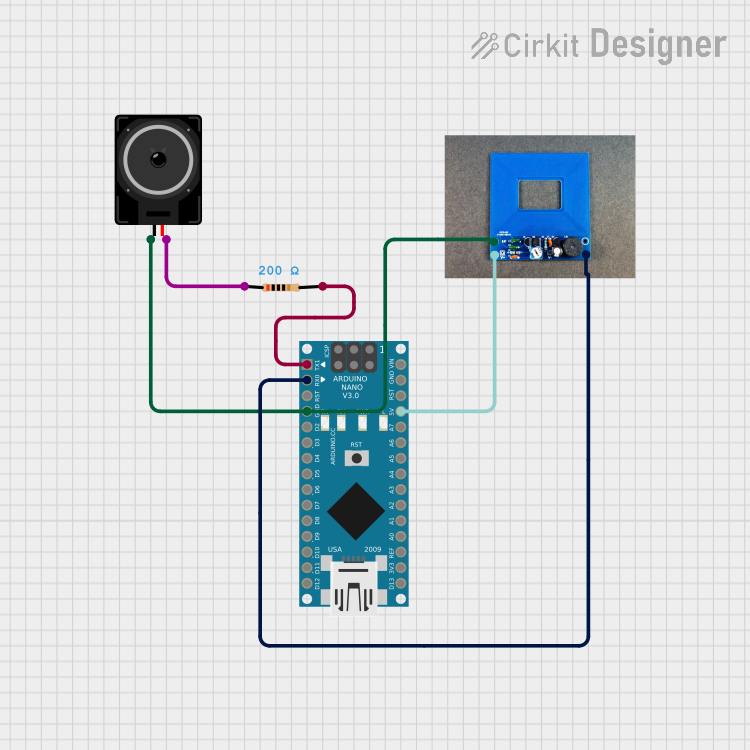
 Open Project in Cirkit Designer
Open Project in Cirkit Designer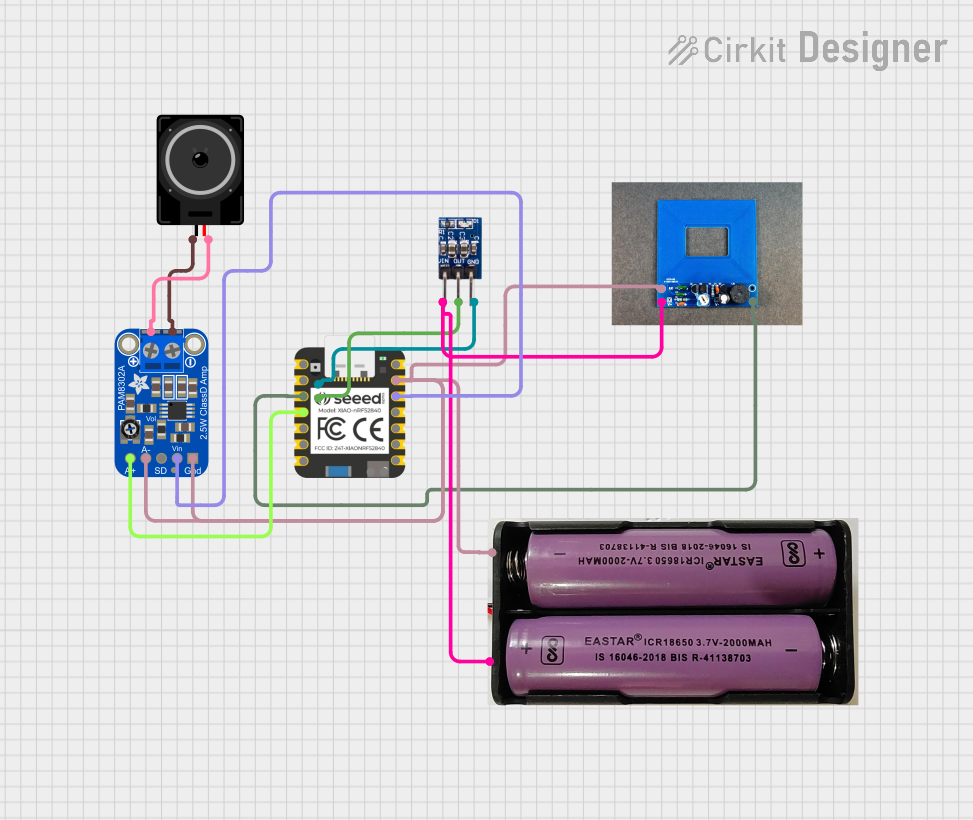
 Open Project in Cirkit Designer
Open Project in Cirkit Designer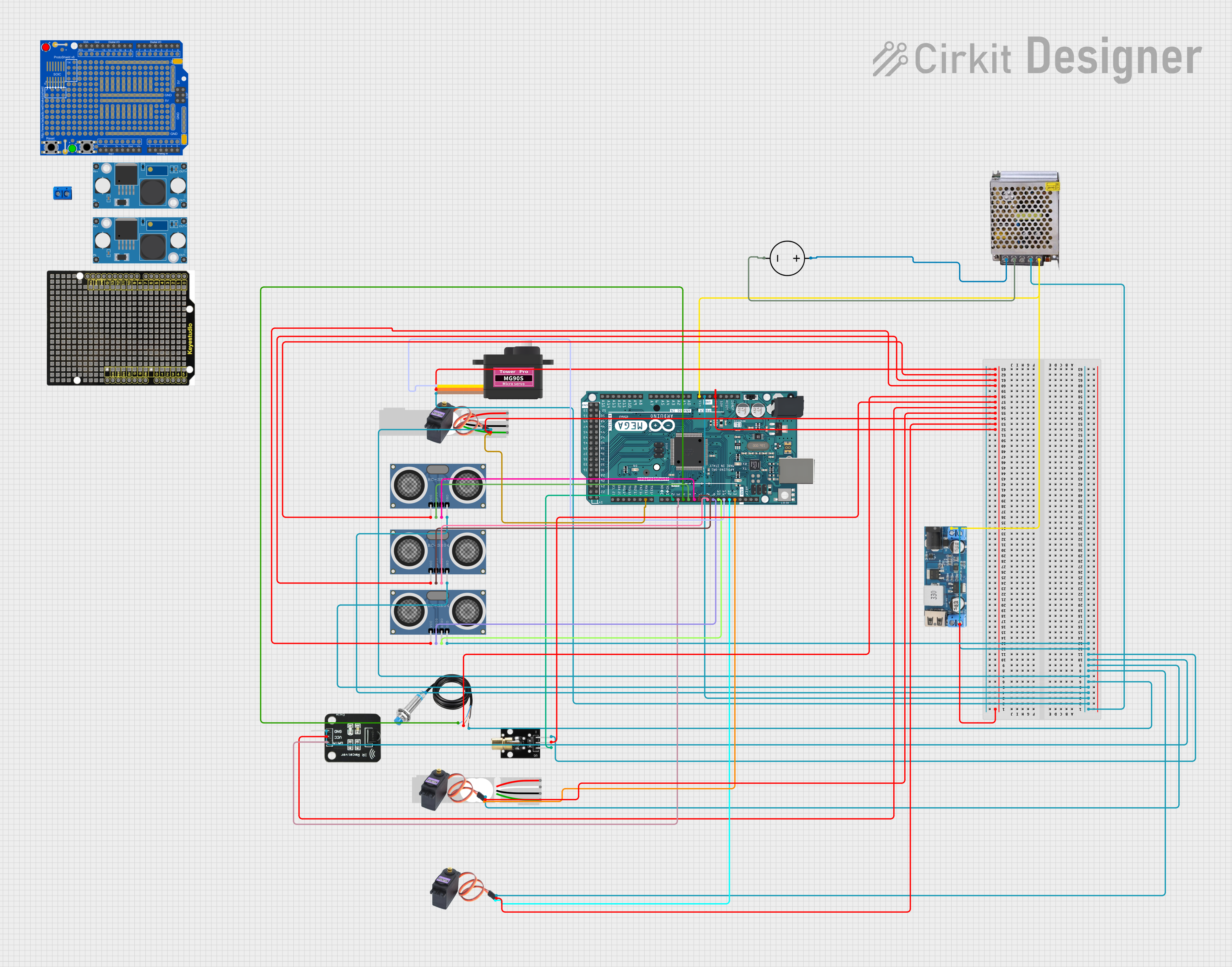
 Open Project in Cirkit Designer
Open Project in Cirkit DesignerExplore Projects Built with Metal detector

 Open Project in Cirkit Designer
Open Project in Cirkit Designer
 Open Project in Cirkit Designer
Open Project in Cirkit Designer
 Open Project in Cirkit Designer
Open Project in Cirkit Designer
 Open Project in Cirkit Designer
Open Project in Cirkit DesignerCommon Applications and Use Cases
- Security: Detection of concealed weapons at airports, courthouses, and events.
- Archaeology: Locating metal artifacts and historical items.
- Construction: Finding buried or hidden metal infrastructure.
- Hobbyist Treasure Hunting: Searching for coins, jewelry, and relics.
Technical Specifications
Key Technical Details
- Operating Voltage: 5V to 12V DC
- Current Consumption: 40mA (typical)
- Detection Range: Up to 20cm for large metal objects
- Operating Frequency: 7 kHz (approximate)
- Output Type: Digital signal (High when metal is detected)
Pin Configuration and Descriptions
| Pin Number | Name | Description |
|---|---|---|
| 1 | VCC | Connect to 5V-12V DC power supply |
| 2 | OUT | Digital output signal (High/Low) |
| 3 | GND | Ground connection |
Usage Instructions
How to Use the Component in a Circuit
- Power Supply: Connect the VCC pin to a 5V-12V DC power source.
- Output Signal: Connect the OUT pin to a digital input pin on a microcontroller, such as an Arduino UNO.
- Grounding: Connect the GND pin to the common ground in the circuit.
Important Considerations and Best Practices
- Ensure that the power supply does not exceed the maximum voltage rating.
- Avoid physical shocks and vibrations that could affect the sensitivity of the device.
- Keep the metal detector away from large metallic objects or electromagnetic fields when not in use to prevent false detections.
- Regularly calibrate the device if it provides adjustable sensitivity settings.
Example Arduino UNO Code
// Define the metal detector output pin
const int metalDetectorPin = 2;
void setup() {
// Initialize the metal detector pin as an input
pinMode(metalDetectorPin, INPUT);
// Begin serial communication at 9600 baud rate
Serial.begin(9600);
}
void loop() {
// Read the state of the metal detector output
int metalDetected = digitalRead(metalDetectorPin);
// Check if metal is detected
if (metalDetected == HIGH) {
// Metal is detected, perform an action
Serial.println("Metal detected!");
} else {
// No metal detected
Serial.println("No metal detected.");
}
// Small delay to avoid spamming the serial output
delay(500);
}
Troubleshooting and FAQs
Common Issues
- False Positives: The device may occasionally signal metal detection even when no metal is present.
- Inconsistent Detection Range: The detection range may vary based on the size and type of metal.
Solutions and Tips for Troubleshooting
- False Positives: Ensure the device is not near other metallic objects or electronic devices that could interfere with its operation.
- Inconsistent Detection Range: Calibrate the sensitivity if possible, and test with different types and sizes of metal to understand the detector's behavior.
FAQs
Q: Can the metal detector differentiate between different types of metal? A: No, this basic metal detector does not differentiate between metal types; it only indicates the presence of a metal object.
Q: Is the metal detector waterproof? A: The standard model is not waterproof. Special care should be taken to avoid exposure to water or moisture.
Q: What is the maximum depth at which the metal detector can detect objects? A: The maximum detection depth is approximately 20cm for large metal objects, but this can vary based on object size and material.
Q: Can the metal detector be used to find gold? A: Yes, it can detect gold if the gold object is large enough and within the detection range of the device.
For further assistance or technical support, please contact Vedant customer service.